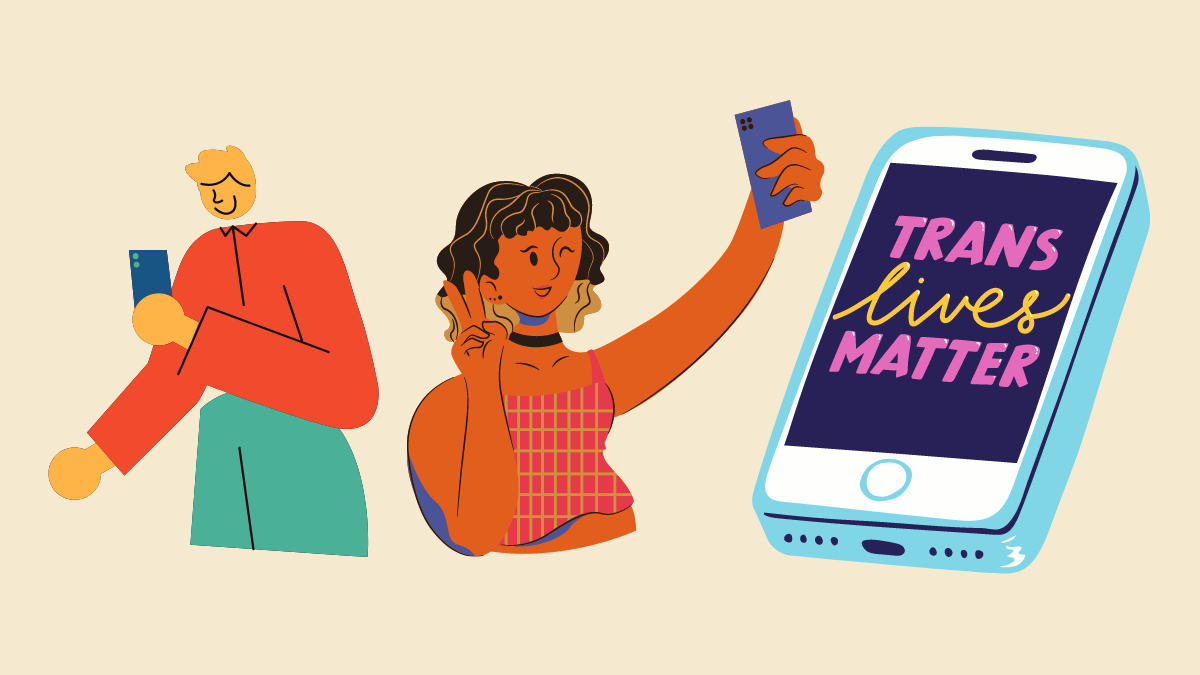How LGBTI activists can make terrific home-made videos

Guest blogger, Richard Roaf, director of VideoRev and an expert in helping activists develop low-budget viral campaign videos, shares his best tips for LGBTI activists filming home-made campaign videos and the learnings from the ‘Skills Boost’ workshop he conducted for ILGA-Europe.
Video is one of the most powerful ways LGBTI activists can reach new audiences. People are most persuaded by hearing from individual people, not faceless organisations, and with a presenter video you can share your campaign and your story with people around the world.
I’ve seen how video can shine a light on injustices to millions, drive thousands to take online actions and even help build powerful international movements.
The great news is that these days, if you’ve got a laptop or a smartphone you’ve got everything you need to be a great filmmaker.
This blog will take you through the six production steps and two creative steps you need to make a great video, as we did with the activists who joined in ILGA-Europe’s video-making Skills Boost sessions.
Production: 6 Steps to Filming a High Quality Video
Just picking up your phone and filming something is the best way to learn. Audiences will be moved by your passion and the important information you are sharing, so don’t get hung up on getting the lighting perfect. Having said that, here are six tips:
1. Choose your style
There’s no one right way to film a video. Decide whether you want to come across as formal and professional, or if you want to seem more personal and authentic.
2. Choose your camera and position
You may want to film on your smartphone, laptop, a webcam or a video camera. For a professional shot, make sure the camera is fixed and at eye level. For a more personal shot, film in a selfie style.
3. Backdrop
Arrange your background so it will reflect your campaign and how you want to come across. Use books and professional equipment to emphasise expertise, or use photos, art and colours to bring out more personality.
4. Improve your light
You want lots of even light on your face with minimal shadows. You can achieve this by adding desktop lamps, positioning yourself by a window and if you have budget buying a video light.
5. Sound
Improve the sound quality of your video by buying a lapel microphone for a smartphone, or a desktop microphone for a laptop.
6. Kitlist and Checklist
Find the right equipment for you using the VideoRev Kitlist. and use the Checklist to apply these six lessons. Download the Kitlist and Checklist.
Creative: 2 Steps to Plan a Great Video
You may feel confident to just switch on the camera and speak from the heart, in which case, fantastic! But you can use these two steps to come up with a great creative plan for your video.
1. Use the Crisitunity structure
The four-stage Crisitunity structure is very effective at driving audiences to take action, and we used it to generate over 100K petition signatures to help ban microbeads.
Once you’ve decided the action you want the audience to take, jot down bullet points for:
Crisis: What problem are you trying to solve?
Opportunity: What could overcome this problem?
Theory of Change: How could the audience take action to help bring about the opportunity?
Ask: What action do you need the audience to take?
You can use our Script and Visual Plan document to write your Crisitunity script.
2. Write a strong hook
Audiences on Facebook look at content for 1.7 seconds before scrolling on. If you put a short Hook Statement at the start of your video, it will immediately grab them and give them a strong reason to keep watching. This hook can appear as text on screen, as the accompanying Tweet text, and as the first thing that you say in the video.
Our Hook for the viral video “5 Ways to Disrupt Racism” was effective because it told the audience the topic of the video and what they would learn by watching it.
To get inspiration you can use the VideoRev Hookbook which provides 30 of the most successful campaign Hooks.
Top five ‘Do’s and Don’ts’ that came up in ILGA-Europe’s Skills Boost with LGBTI activists
1. Look directly at the camera
This creates a connection between you and the viewer.
2. Be yourself
Imagine you are talking to a good friend and let your personality come across.
3. Keep it short
Under a minute is usually best for social media.
4. Clearly tell the audience what to do
Even if it’s just to share the video.
5. Just do it!
Nothing will ever be perfect, but just getting started is the most important step.
Anyone can start
The fantastic videos by activists at ILGA-Europe’s Skills Boost were made just with the kit they had available and we were blown away by the quality of their messages and their videos. You can watch some of them here.
We hope that you are inspired to follow their lead and start making your own videos today.
If you are an LGBTI activist in Europe and Central Asia, join our private communications support group on Facebook where the idea for this Skills Boost came up in the first place, and where every week activists and ILGA-Europe staff discuss videos, social media, narrative, and other communications challenges.